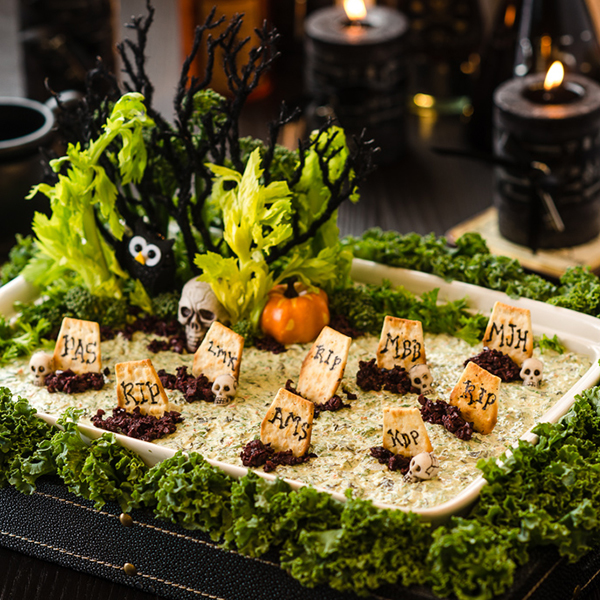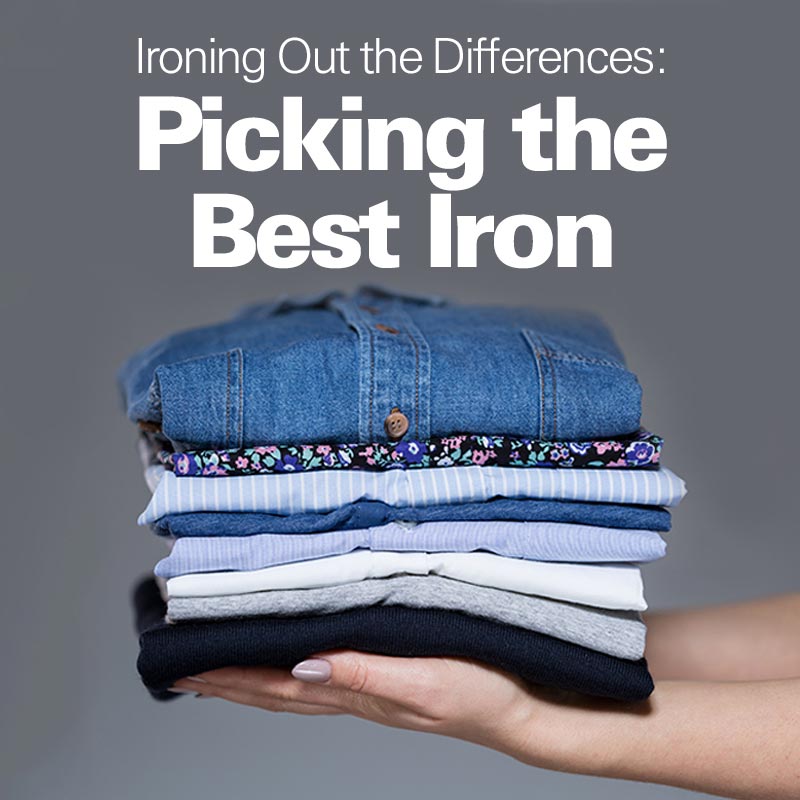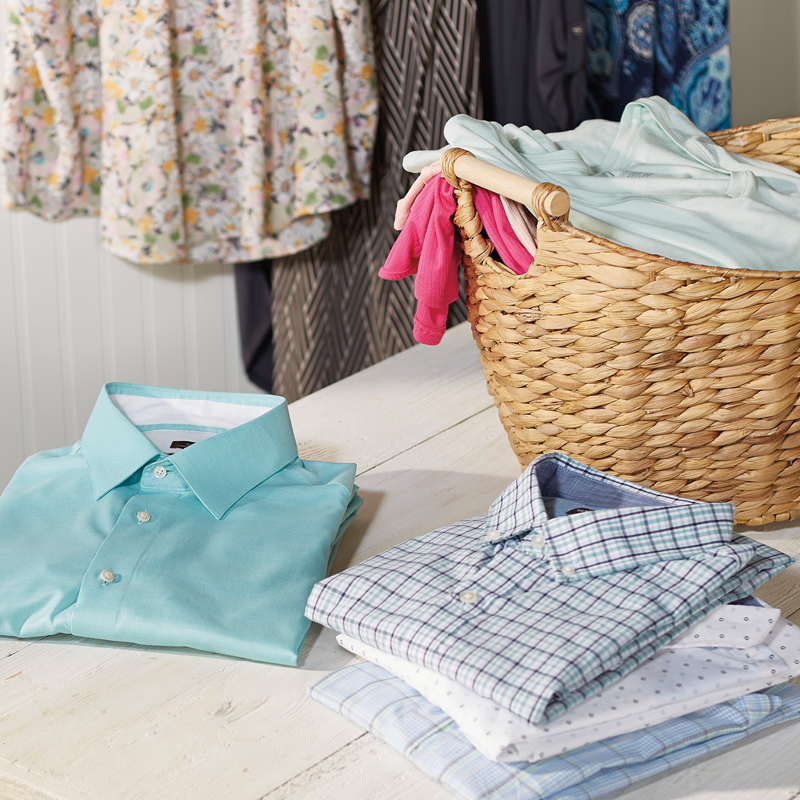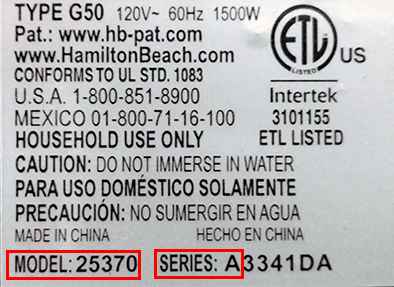It’s not always easy to eat the recommended amount of fruits and vegetables. That’s why so many people love juicing. It’s one of the easiest ways to increase your daily intake of vitamins, minerals and phytonutrients found in these healthful foods. Whether you are juicing to lose weight, feel more energetic, improve your overall health or just to make super fresh bloody mary mix, our tips will help make the world of juicing a little more familiar to you.
What are other benefits to juicing aside from nutrition? When you juice at home, you will be able to capture the freshest taste possible and you can combine different types of produce to create interesting flavour combinations. For example, if you dislike kale, but know it’s good for you, you can juice it with sweet fruits such as berries and apples to make the taste more palatable. You might even surprise yourself and fall in love with it!
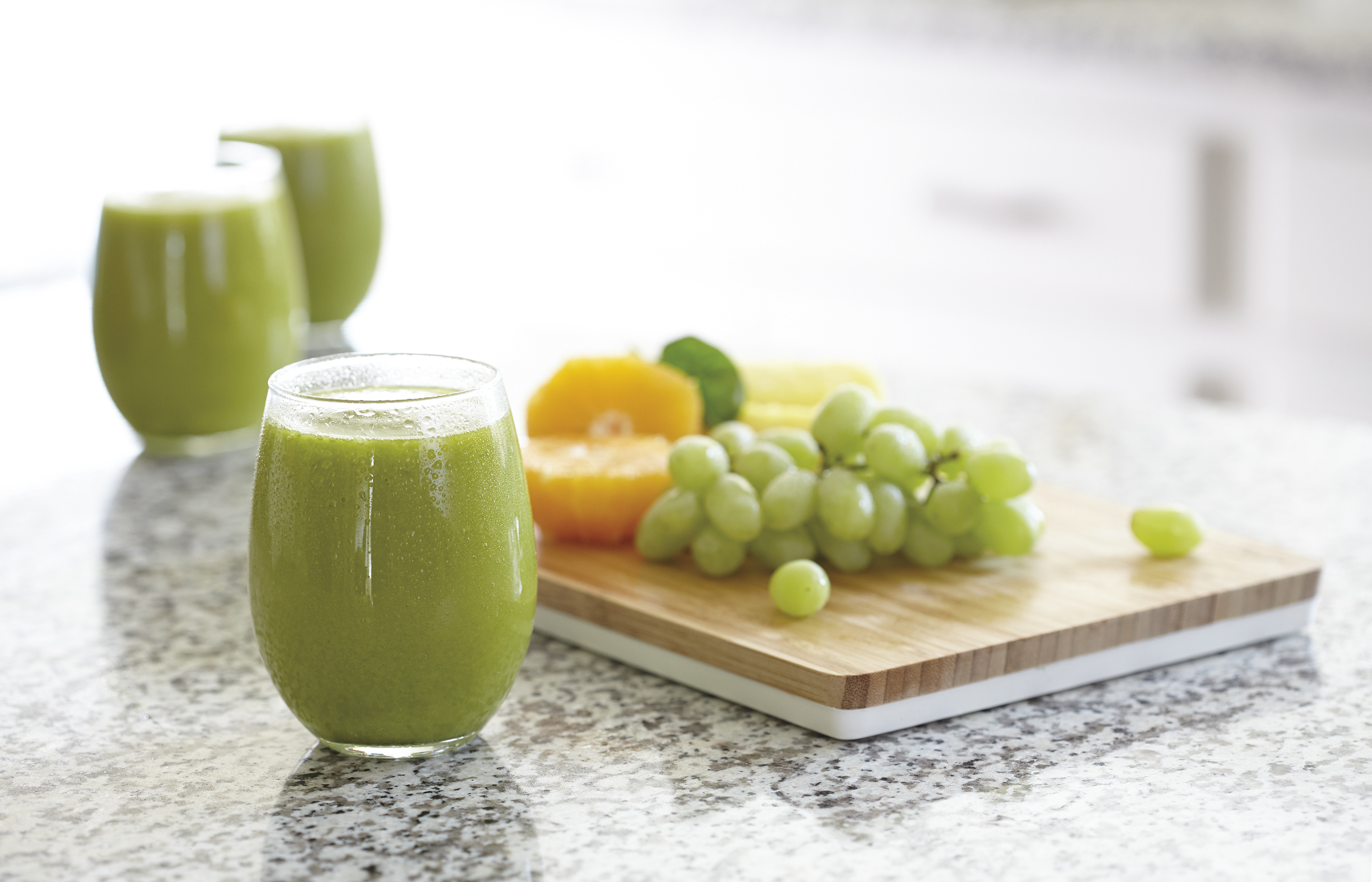
Preparation
Wash produce thoroughly before juicing. Peel any citrus fruits or thick-skinned fruits or vegetables. Remove any large seeds or pits.
Save the Pulp
The pulp that’s left behind after juicing contains lots of healthy fiber, which can be used in many ways. For example, apples and pears contain pectin fiber, which is great for thickening and gently sweetening recipes. Pulp can be used in soups, stocks, casseroles, and desserts to add more flavor and nutrition. Similar to juice, pulp should be used immediately or frozen for later use.
More Juicing Tips
- Juicing avocados or bananas produces a puree rather than a juice.
- Leafy vegetables will process more easily if formed into compact balls or rolls before inserting them into the food chute.
- One pound of produce usually yields one cup (8 ounces) of juice.
- If you are working with large quantities of fruits and vegetables, you may need to stop the juice extractor to empty the pulp bin and rinse the cutter/strainer. Doing so will ensure you get the maximum amount of extraction possible.
- Use a sieve, coffee filter or layer of cheesecloth to strain juice if you want to remove foam or create a clearer juice.
- Juice should be served immediately because the flavor and nutrient content decreases rapidly when juices are stored.
- You can store fresh juice in the refrigerator for up to 24 hours. Separation is normal.
- Substitute fruit or vegetable juices for stock or water in cooking.
- Some pulp remaining in juice is normal; it increases the flavor and nutritive value.
- The softer the texture of a fruit or vegetable, the thicker the juice it will produce. The juice extracted from these fruits, such as apricots, peaches, pears, melons and strawberries is known as nectar.
Explore some juicing recipes from the Hamilton Beach Test Kitchen
Find out more about our juice extractors.


